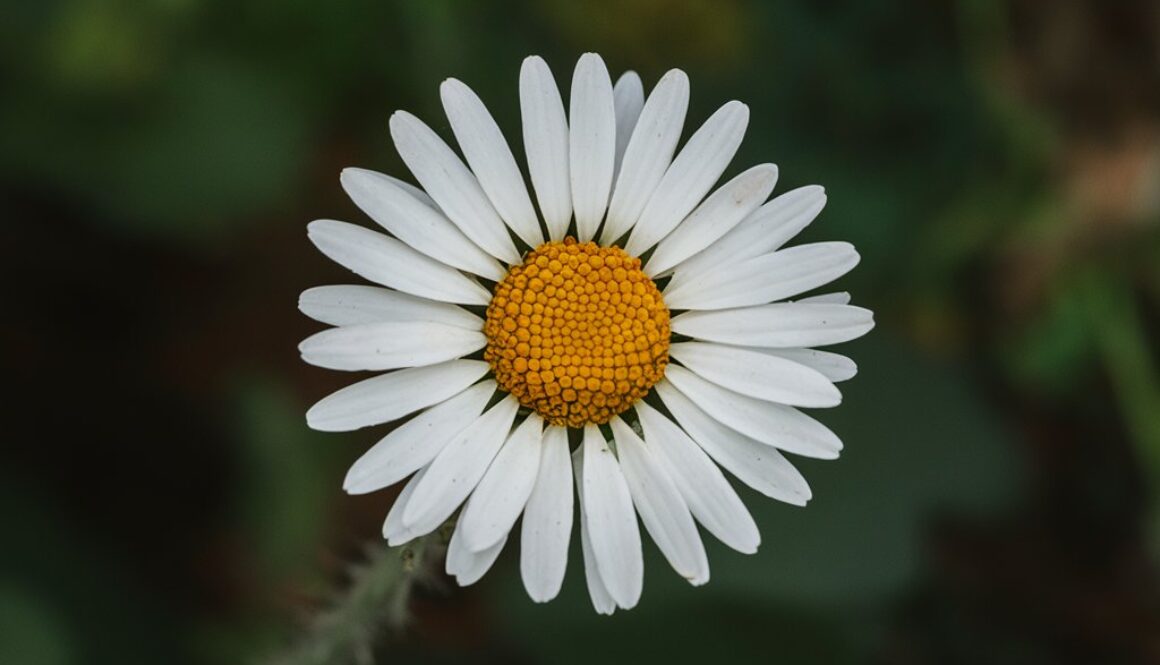False daisy
False daisy, scientifically known as Eclipta prostrata, is a herbaceous plant native to tropical and subtropical regions worldwide. Also called “bhringraj” in Ayurveda and “yerba de tago” in Spanish, false daisy has been used for centuries in traditional medicine systems for its diverse medicinal properties. This hardy plant is known for its small, white flowers and its ability to thrive in various environmental conditions.
Part Used: The whole aerial part of the false daisy plant, including the leaves, stems, and flowers, is utilized for its medicinal benefits. These parts contain a variety of bioactive compounds, including wedelolactone and ecliptine, which are believed to have hepatoprotective, anti-inflammatory, and antioxidant properties.
Usage: False daisy is valued in traditional medicine for its broad range of therapeutic uses. It is commonly used to promote hair growth and improve hair quality when applied topically as a hair oil or hair rinse. Additionally, false daisy is used internally to support liver health, treat digestive disorders, and alleviate skin conditions such as eczema and dermatitis. In some cultures, it is also used to manage respiratory conditions like asthma and bronchitis.
Agrotechniques: Cultivating false daisy is relatively straightforward, as it is adaptable to various soil types and environmental conditions. The plant prefers full sunlight but can tolerate partial shade. False daisy can be propagated from seeds or stem cuttings, with planting typically done in well-drained soil during the spring or early summer. Regular watering and occasional fertilization with organic matter promote healthy growth and leaf production. Harvesting of false daisy can be done once the plant has reached maturity, usually after 2 to 3 months of growth. Leaves and stems can be harvested as needed, and the plant can be pruned to encourage bushier growth.

